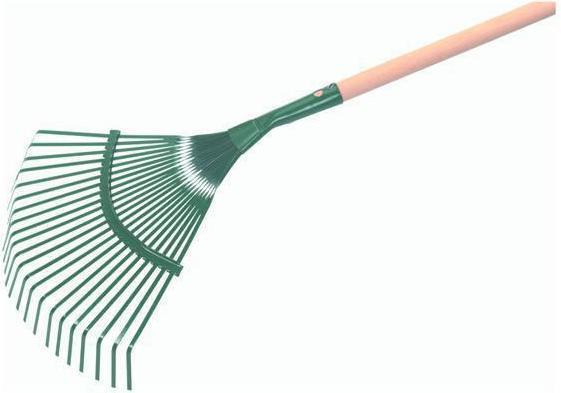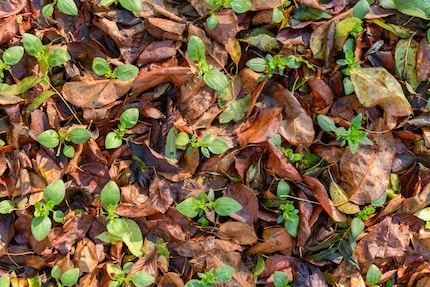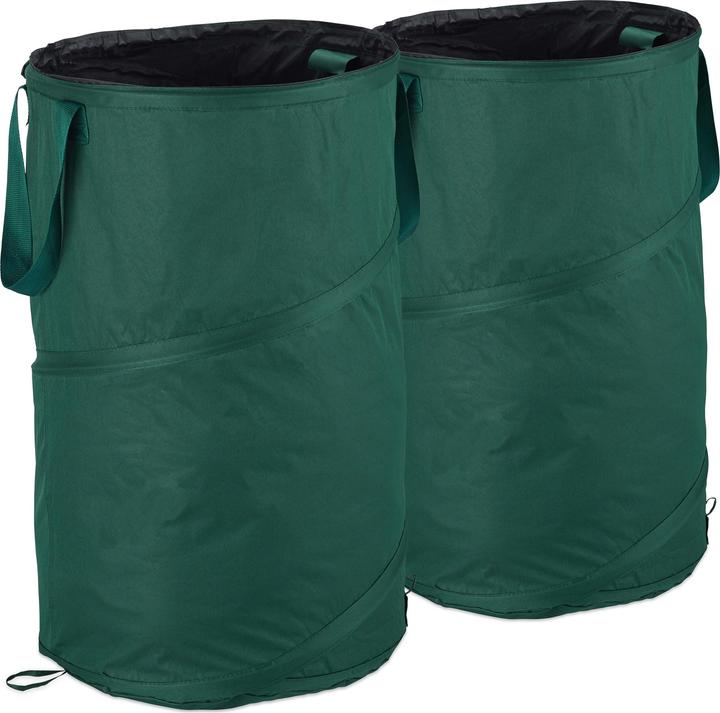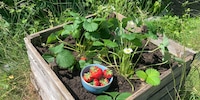

Take a leaf out of my book: 5 ways to reuse leaves in the garden
They’re just dead leaves – eh, I don’t think so. Foliage is full of potential. With these five tips, you might never have to dispose of fallen leaves again.
What do leaves shout as they boldly throw themselves from the trees? «You only leaf once!» What a terrible pun. But at first glance, the fate of fallen leaves does indeed seem sealed. They rot, unnoticed and scattered on the ground.
It makes you look around in disbe-leaf and think, what a waste. Fallen leaves are destined for greater things and are a great all-rounder. Here are five smart ways you can reuse them in your garden:
1. Throw a winter coat over your plants
Do you have plants in your garden that are sensitive to frost? Then leaves could make the perfect «winter coat» to protect them. Simply cover the soil with a layer of leaves, about 10 cm thick. To keep it well-ventilated, mix the leaves with some twigs or straw. Just bear in mind that in spring you need to remove them again in good time so the soil gets enough oxygen and your plants receive adequate light and warmth. Using leaves like this is also a good way to prevent plant rot and diseases.
2. Make mulch out of it
Mulching is when you cover the soil with organic materials such as leaves. As well as keeping your plants warm (first and foremost), the leaves will also decompose over time, providing the soil with humus. However, not all leaves are the same. Those from apple and cherry trees, for instance, are quick to rot, while folliage with a lot of tannins, for example from walnut and oak trees, takes considerably longer and produces acidic soil. They’re great for rhododendrons, but it’s best to use them sparingly and mix them with leaves that decompose quickly.

Source: Shutterstock/ABO PHOTOGRAPHY
3. Make compost
You can also use wilted leaves for your compost. There are two ways to do this. Option one: mix all sorts of things together, such as wood, grass cuttings, kitchen waste and leaves. This compost takes about a year to fully break down. Option two: create a pure leaf compost, which usually decomposes within about six months.
Top tip: if you want to collect large amounts of leaves for your compost, you’re best to use a lawn mower. This also shreds the leaves instantly, making them decompose more quickly. You’ll then need to keep the compost moist, enrich it with grass cuttings and turn it regularly. This creates optimal conditions for microorganisms.
4. Make somewhere to store them
Not able to keep up with leaf recycling and find yourself up to your eyeballs in leaves? It’s time to put a leaf bag in the garden or build a basket out of wire mesh by tying the ends together with florist wire. You can then store excess leaves in it.
5. Build a new home
No, not for you. For little creatures. If you don’t feel like collecting leaves, it’s actually all the better because piles of leaves left lying around provide animals such as mice, hedgehogs and insects with an insulated shelter for the winter. However, to avoid pests, it’s best not to pile them up near susceptible plants.
And if you need a short break from all the hard gardening work before turning over a new leaf, jumping into a pile of leaves can help.



HP Autozubehör Wire mesh Length 5 m, height 1.02 m galvanised Mesh size 12.7 x 12.7 mm
I love anything with four legs or roots - especially my shelter cats Jasper and Joy and my collection of succulents. My favourite things to do are stalking around with police dogs and cat coiffeurs on reportages or letting sensitive stories flourish in garden brockis and Japanese gardens.
Practical solutions for everyday problems with technology, household hacks and much more.
Show all

